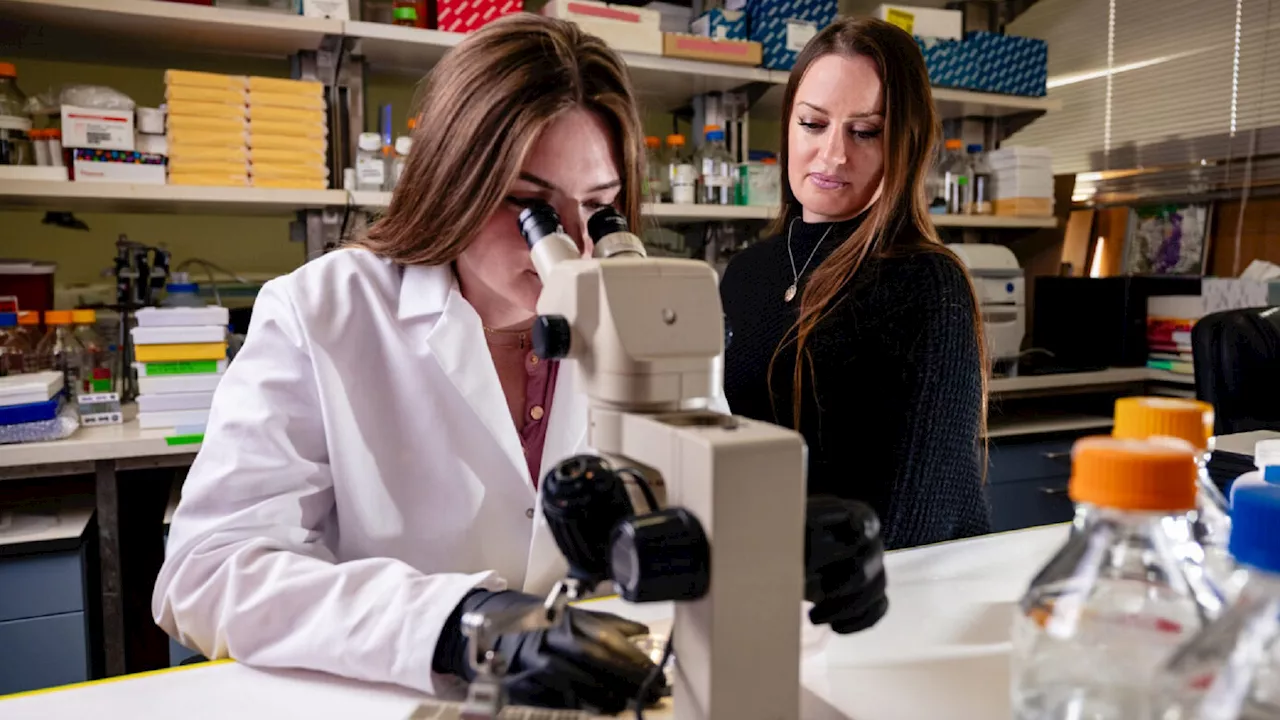Researchers at Texas A&M University have made a significant breakthrough in limb regeneration by identifying a crucial protein, FGF8, that has the ability to regenerate an entire finger joint. This discovery marks a pivotal moment in the field of regenerative medicine, offering hope for the 2.1 million Americans currently living with limb loss, a figure projected to more than triple by 2060 due to increasing cases of diabetes and vascular diseases.
The team, based in the College of Veterinary Medicine and Biomedical Sciences, conducted research that focused on a type of protein known as fibroblast growth factors (FGFs). These proteins play an essential role in tissue regeneration. According to Dr. Lindsay Dawson, an assistant professor in the department, their study successfully demonstrated that FGF8 could regenerate a complete finger joint, including articular cartilage, tendons, and ligaments.
Exploring the Mechanism of Regeneration
Dr. Dawson explained the implications of their findings: “We know that bone regeneration requires many different factors, one of which is FGFs. We were able to implant different FGFs into tissues that normally do not regenerate, and we found one—FGF8—that can regenerate a complete joint and the beginnings of a fingertip.” Although the regenerated tissue does not yet include all recognizable elements, such as fingernails, the research represents “an important step toward full-limb regeneration.”
The study indicates that FGF8 can instruct cells to rebuild complex tissue structures, effectively overriding the body’s natural tendency to form scars after an injury. “This study is a proof of concept,” Dr. Dawson noted. “These cells would normally undergo scar formation, but FGF8 tells them to do something else, and they end up making five tissues. We were amazed at how much this one factor can do.”
Future Prospects for Limb Regeneration
The ultimate aim of the research team is to identify all biological signals necessary for the complete regeneration of human limbs. Dr. Dawson emphasized the potential applications of their findings: “If we can figure out all the factors that regenerate a finger, then we could apply those factors anywhere on the rest of the arm, or even a leg, and regrow a limb.”
This research also holds promise for addressing degenerative conditions such as arthritis, where repairing joint cartilage remains a significant medical challenge. Graduate student Sarah Wolff, who is working under Dr. Dawson, stated that the next phase of the study will investigate how to extend these regenerative signals throughout a person’s lifespan. “We’ve discovered that joint regeneration is associated with less mature tissues,” Wolff explained. “What I’m really driven to understand is how we can stimulate joint regeneration across the lifespan.”
If the research continues to yield positive results, it could revolutionize the field of medicine, bridging the gap between wound healing and true regeneration—a capability that has thus far been largely exclusive to certain animals. The implications of this work could reshape our understanding of healing and regeneration in humans, marking a significant step toward the future of medical science.







